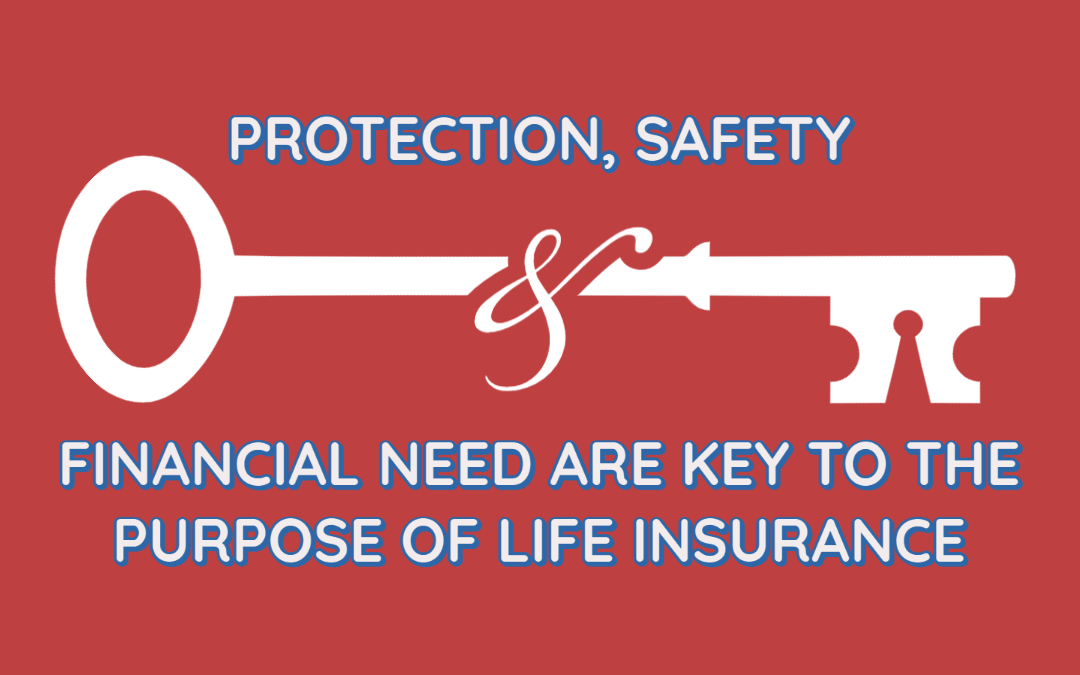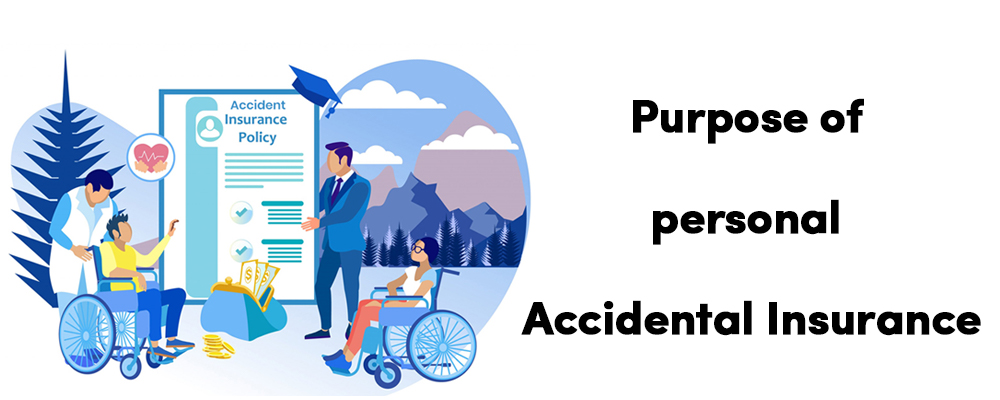The 20-Second Trick For Pacific Prime
The 20-Second Trick For Pacific Prime
Blog Article
Some Known Details About Pacific Prime
Table of ContentsAll About Pacific PrimeMore About Pacific PrimeThe Only Guide for Pacific PrimeThe 8-Minute Rule for Pacific PrimeAn Unbiased View of Pacific Prime

This is due to the fact that the information were collected for a period of strong economic performance. Of the estimated 42 million individuals who were without insurance, all but concerning 420,000 (concerning 1 percent) were under 65 years old, the age at which most Americans become qualified for Medicare; 32 million were grownups between ages 18 and 65, about 19 percent of all grownups in this age; and 10 million were youngsters under 18 years of age, about 13.9 percent of all youngsters (Mills, 2000).
These estimates of the variety of persons uninsured are created from the annual March Supplement to the Current Population Study (CPS), performed by the Census Bureau. Unless otherwise noted, national estimates of individuals without health insurance policy and proportions of the populace with various type of protection are based on the CPS, one of the most widely used source of estimates of insurance policy coverage and uninsurance rates.
Not known Incorrect Statements About Pacific Prime

Still, the CPS is especially helpful since it creates annual quotes relatively rapidly, reporting the previous year's insurance policy coverage estimates each September, and due to the fact that it is the basis for a consistent collection of price quotes for greater than twenty years, permitting evaluation of trends in insurance coverage over time. For these reasons, in addition to the comprehensive use of the CPS in various other researches of insurance protection that exist in this report, we depend on CPS estimates, with limitations noted.

The quote of the number of without insurance people expands when a populace's insurance policy status is tracked for numerous years. Over a three-year period beginning early in 1993, 72 million people, 29 percent of the united state population, were without insurance coverage for at the very least one month. Within a single year (1994 ), 53 million individuals experienced at the very least a month without insurance coverage (Bennefield, 1998a)
6 out of every ten uninsured grownups are themselves used. Functioning does enhance the probability that one and one's family members will certainly have insurance coverage, it is not a guarantee. Even members of families with two permanent wage income earners have nearly a one-in-ten opportunity of being without insurance (9.1 percent without insurance price) (Hoffman and Pohl, 2000).
What Does Pacific Prime Do?
New immigrants represent a substantial proportion of people without medical insurance. One analysis has attributed a considerable section of the current growth in the size of the U.S. uninsured populace to immigrants who arrived in the country in between 1994 and 1998 (Camarota and Edwards, 2000). Recent immigrants (those that came to the United States within the previous four years) do have a high rate of being uninsured (46 percent), yet they and their kids represent simply 6 percent of those without insurance visite site coverage across the country (Holahan et al., 2001).
The partnership in between medical insurance and access to care is well established, as recorded later on in this phase. Although the partnership between health insurance and health outcomes is neither straight nor easy, a considerable professional and health and wellness services research literary works links medical insurance protection to improved accessibility to care, much better high quality, and improved personal and population health and wellness condition.
Levels of evaluation for analyzing the impacts of uninsurance. It focuses specifically on those without any wellness insurance policy for any type of size of time.
Some Known Details About Pacific Prime
The troubles dealt with by the underinsured are in some respects comparable to those faced by the without insurance, although they are normally less severe. Wellness insurance, however, is neither essential nor adequate to gain accessibility to medical services. The independent and straight result of health insurance protection on access to wellness solutions is well established.
Others will acquire the healthcare they need even without health and wellness insurance policy, by paying for it expense or seeking it from carriers that supply treatment free or at extremely subsidized prices. For still others, medical insurance alone does not make sure receipt of care due to other nonfinancial barriers, such as a lack of healthcare providers in their community, limited access to transportation, illiteracy, or linguistic and cultural distinctions.
Not known Details About Pacific Prime
Official research concerning without insurance populaces in the USA dates to the late 1920s and very early 1930s when the Board on the Expense of Healthcare created a collection of records about financing medical professional office check outs and hospitalizations. This problem came to be significant as the varieties of clinically indigent climbed up during the Great Anxiety.
Report this page